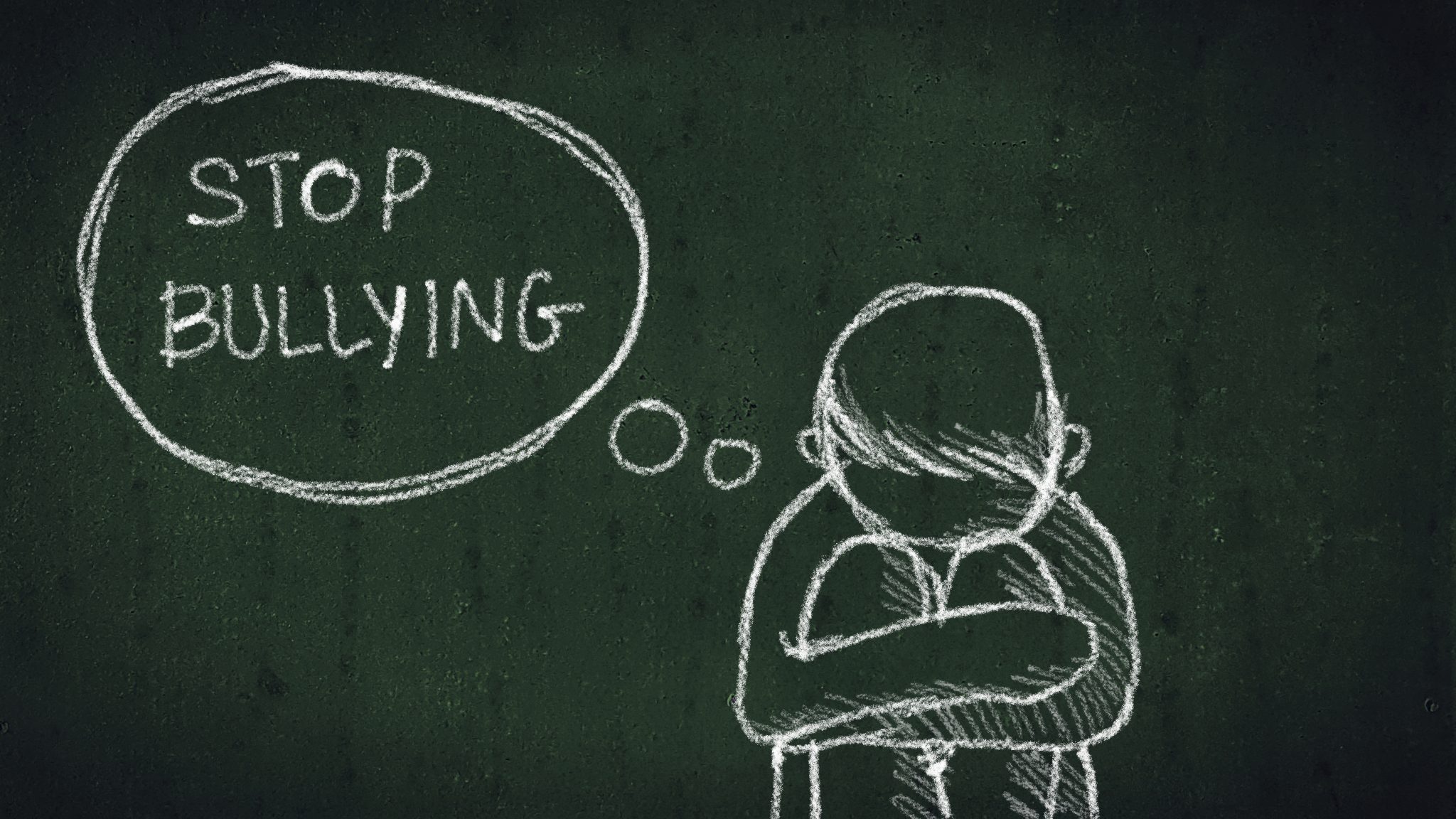Author: cheqdin
Published Date: November 12, 2018
A seemingly harmless prank. Playful banter. It is quite easy for bullying to put on the innocent disguise of a joke and stealthily shake a vulnerable mind, scarring it for life. It is crucial that not only schools but all out of school care providers and after school clubs take a strong stand to prevent bullying and create a safe and supportive environment for all children.
Now, how do you get started?
1. Be clear about your club’s stance on bullying
Bullying can be displayed in many forms:
-
Physical bullying – Hitting, punching, kicking or other physical assault
-
Verbal bullying – Calling names, making demeaning remarks or racial taunts, spreading stories
-
Emotional bullying – Repeatedly making gestures that cause distress, isolation, humiliation, tormenting by hiding belongings
-
Cyberbullying – Teasing or making threats via text messages, email, social media, videos etc
Make sure you communicate clearly in all your club literature and policy that your club will not tolerate bullying in any form and reiterate the importance of positive behaviour such as kindness and empathy within your setting. Try to reinforce the message by praising positive behaviour and promptly challenging negative language, stereotyping and sarcastic comments that might be intended at hurting another person’s sentiments.
2. Foster a safe ‘Telling’ Environment
Many of the children who are bullied end up suffering in silence because they get threatened by the bully, or because they feel they’ll get branded for being a wimp. But in many cases, they simply do not speak up because they feel no one will believe them even if they do tell.
Creating a ‘telling’ environment in your after-school club is an important step to help children muster the confidence to report bullying and seek support. Let the children know they can always turn to a staff member for help. Set up a reporting system that makes the children who are bullied (or their peers) feel confident to come up to a member of staff and report the incident.
3. Create an Anti-bullying Policy for your After School Club
Draw up a clear set of ground rules and procedures on how you will facilitate the reporting of any bullying incidents, the steps to resolve it sensitively and the people to turn to for support. The anti-bullying policy from Out of School Alliance provides a good template to help you get started.
4. Provide appropriate training to all staff members
The effectiveness of an anti-bullying policy depends on how well all members of staff understand the objective of the policy as well as their familiarity with the steps to tackle incidents responsibly and seek further support if required.
It is a good idea to get your staff members to undertake dedicated training sessions that can help them support the children appropriately and handle conflict professionally. Several charities like the Anti-bullying Alliance have CPD (Continuing Professional Development) approved free online training on anti-bullying for anyone working with children and young people.
And not least of them all, try and develop an inclusive environment in your setting, encouraging the children to celebrate differences and treat others with empathy.


